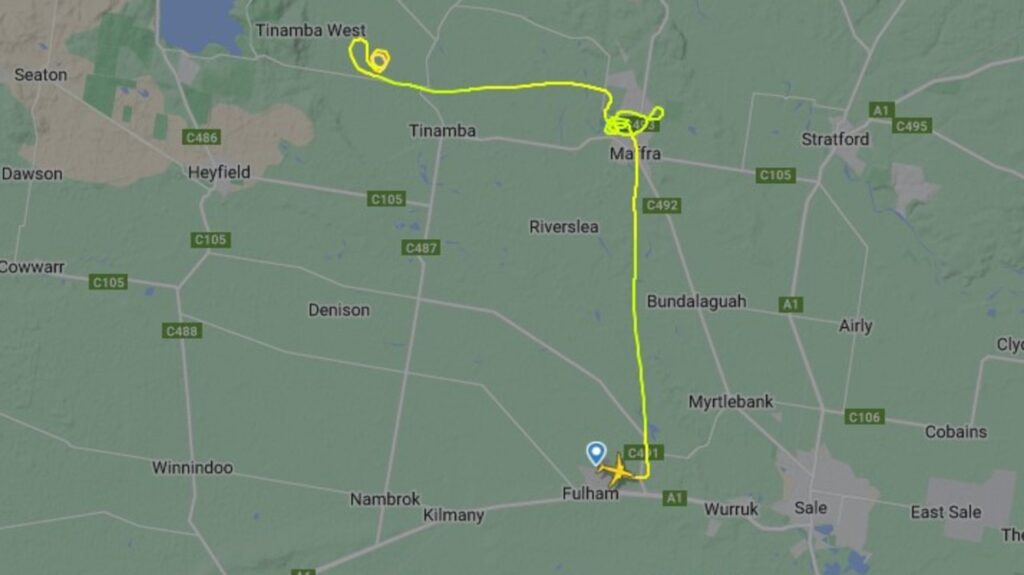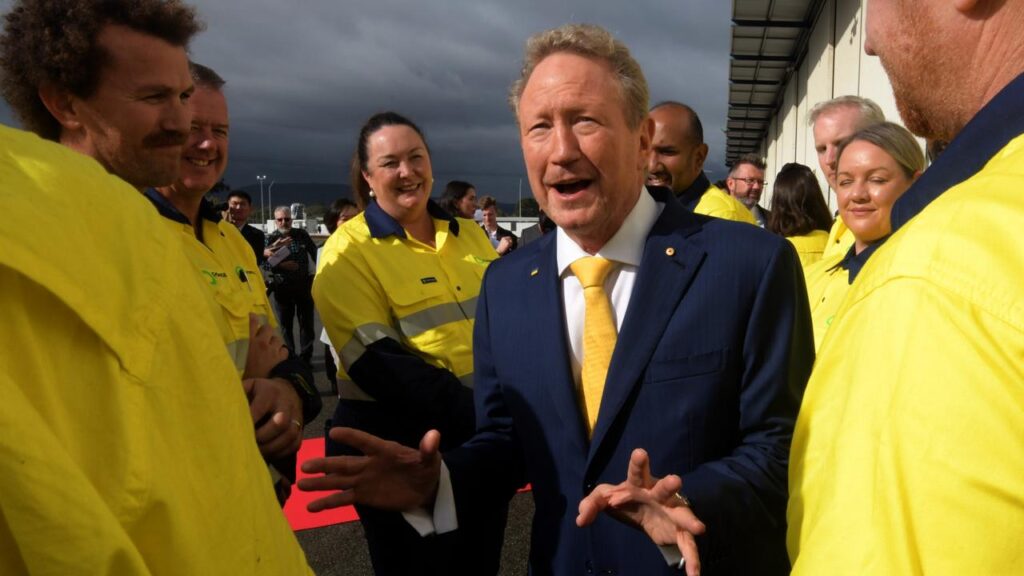Warning on critical medical supplies
Written by admin on August 16, 2024
Australian hospitals are facing a shortage of critical IV fluids till at least the end of the year, as the nation’s health ministers scramble to overcome the problem.
Health ministers, including federal minister Mark Butler, met in Sydney on Friday to discuss the shortage of intravenous fluid.
“Ministers noted the global supply limitations of IV fluids due to unexpected increases in demand and manufacturing capacity constraints,” they said in a statement.
“Shortages of IV fluids, while easing, are expected to continue through 2024.”
A new emergency Response Group has been set to collaborate to resolve the issue.
The group, which will meet at least weekly while the supply remains constrained, will work to ensure a coordinated national approach to distribute supplies of IV fluids across the country, including working with manufacturers and distributers to procure supplies.
Hospitals are being forced to severely ration intravenous fluid for critically ill patients, postpone inductions of labour, and deliver medications by alternative injection methods.
Australia Medical Association President Professor Steve Robson said he was glad health authorities were seriously addressing the problem.
Professor Robson told Sky News on Friday patients with upcoming procedures should not worry as he had not heard of any care being affected because of the shortage but urged for plans to be put in place for any future shortage of critical medical supplies.
He said IV fluid supplies were “well and truly on the way”, but Australia couldn’t take its “eye off the ball”.
The AMA president said the main issue was “uncertainty” around supply which drives stockpiling while making it difficult for hospitals to plan for the care they are providing to patients.
“This task force is exactly what the doctor ordered in this situation and it’s going to enable some transparency,” Professor Robson said.
“At a global level, for reasons nobody really understands, a number of countries around the world have been ordering increased numbers of bags of intravenous fluids and Australia’s at the end of a very long logistic chain.
“We can’t just drive them around the corner, a lot of manufacture goes on in the northern hemisphere and they have to be shipped to Australia, so logistic problems in transport have also been contributing to the crisis at the moment.”







